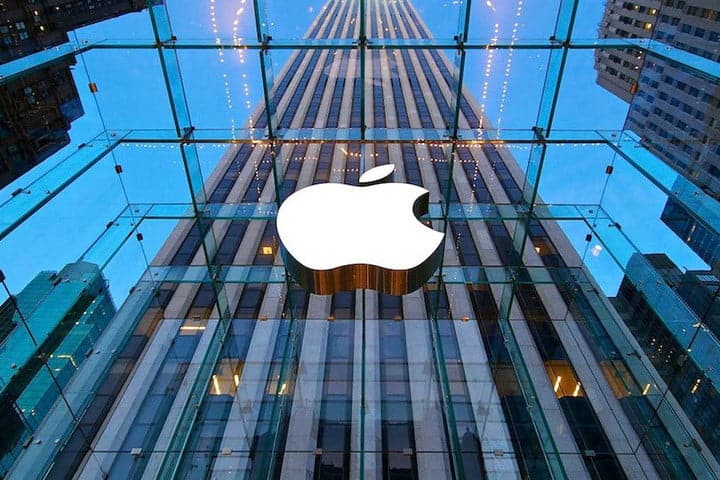
In one corner, you have conventional wisdom and many experts like Burton Malkiel, professor emeritus at Princeton University and the author of “A Random Walk Down Wall Street.” In the other corner, you have IBD’s founder William O’Neil, and plenty of other investment pros with a real track record of long-term investing success.
These two sides disagree in a fundamental way over whether or not one can time the market.
Malkiel’s book states that there’s “no point in following any technical trading rule for the timing of purchases or sales. A simple policy of buying and holding will be at least as good as any technical procedure.”
Meanwhile, O’Neil’s investing books, including “The Successful Investor” and “How to Make Money in Stocks,” and the weekly newspaper IBD Weekly have been among those arguing the opposite for years. The message: You can and should in fact time the market.
So what’s an investor to do?
This story should serve as an introduction to or refresher on IBD’s approach to market timing. Learn the strategy to become better armed to make up your own mind on the matter of timing.
The first thing you need to know about IBD’s method is the follow-through-day concept. A follow-through confirms that the broad stock market has switched to rally mode after spending a considerable time retreating, also known as correcting.
You get a follow-through when a major stock index (the S&P 500, Nasdaq or NYSE composite) closes up significantly from the prior session and in greater volume.
What’s meant by “up significantly” these days? IBD generally looks for a gain of 1.2% or more. When the markets are choppier and daily price swings are heavier than normal, IBD may demand that the follow-through gain be much bigger than that. In other cases, if volatility is low, a genuine follow-through could occur on a minimum 1% gain.
The most powerful follow-through days happen — not always, but often — on Day 4 through Day 7 of an attempted rally. Within this window, you frequently get a clear signal of a new uptrend, and it can end up being a really strong move up, with many leading stocks providing big profits to their holders.
On the other hand, you also can get follow-through days outside that window of Day 4 through Day 7, as happened in December 2011. All three indexes followed through on Dec. 20, 2011 (1). That was Day 17 of a new rally attempt.
Even with a late follow-through, there was real strength in the ensuing uptrend. Plenty of leading stocks showed big gains in 2012’s first quarter, such as Apple (AAPL) and Priceline Group (PCLN), Alexion Pharmaceuticals (ALXN) and Regeneron Pharmaceuticals (REGN).
On Jan. 9, 2012, less than a month after the Nasdaq’s Day 17 follow-through, Apple began a swift new run to new highs and shiny profits for alert IBD readers. The iPhone, Macbook and iPad seller rose above the 426.80 buy point in a 12-week cup without handle. The stock did not see heavy volume on the breakout day and moved sideways a few weeks. Then it burst into new highs in nearly triple average volume on Jan. 25 following quarterly results.
By September that year, Apple rallied more than 65% to a high of 705 before embarking on a new deep correction. The company split its shares 7-for-1 in June 2014.
Keep in mind that a follow-through doesn’t have much to do with that week’s headlines.
In mid-December 2011, there was plenty of dismal news, from weaker-than-expected retail sales to experts seeing no solution to the eurozone debt crisis.
Even a follow-through might not change the overall choppy nature of the major indexes. The year 2018 proves this case. After a steep 12% slide in less than three weeks from late January to mid-February, the Nasdaq and S&P 500 both scored a Day 4 follow-through on Valentine’s Day, Feb. 14. But the ride in stocks since then has not exactly been wine, roses and bonbons.
Today, Apple has traded in a choppy fashion too. But that’s part of the basing process.
Final point. Not every follow-through works. Some are head-fakes. But every major market bottom going back to 1900 had one.

